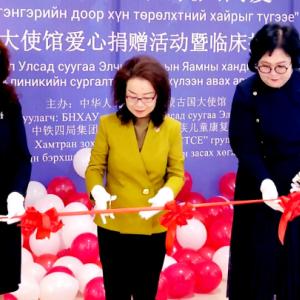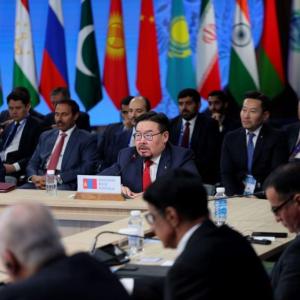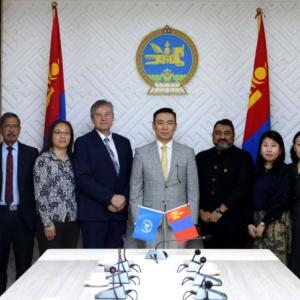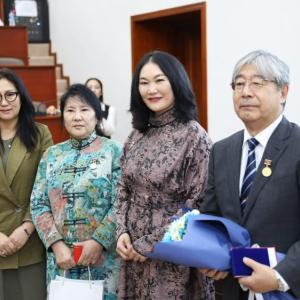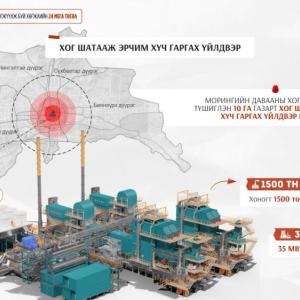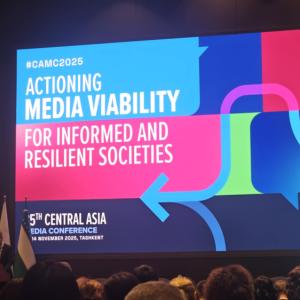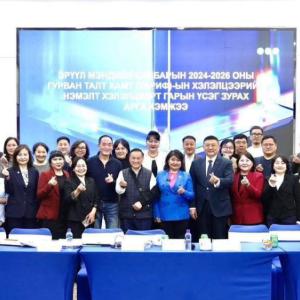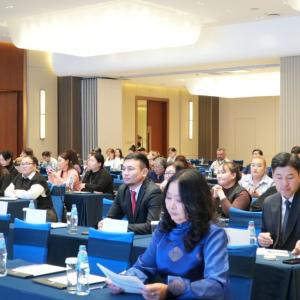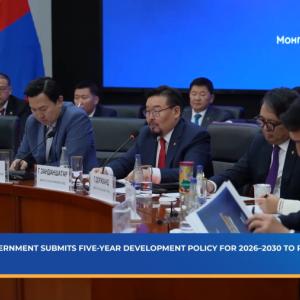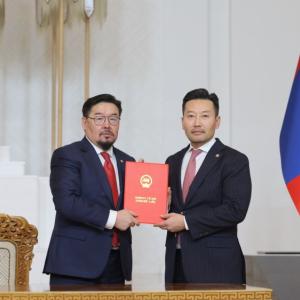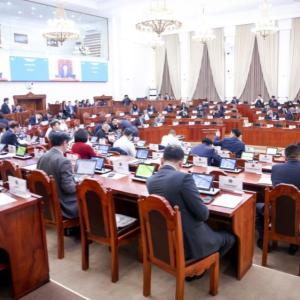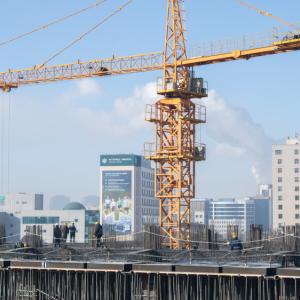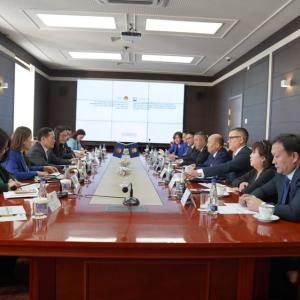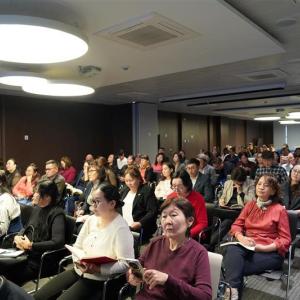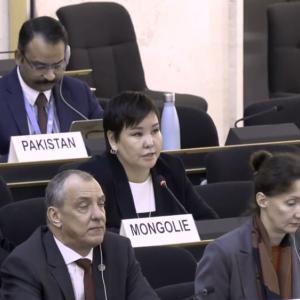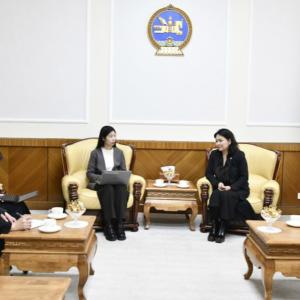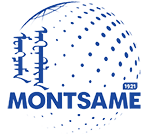Private sectors share their experiences in disaster risk reduction
Politics
Ulaanbaatar /MONTSAME/ The AMCDRR thematic event ‘Private Sector Interventions’ offers an opportunity to various organizations to share and discuss experiences in practical implementation of disaster risk reduction practices and programmes.
The session highlighted good practices of the private sector and explores how to scale-up engagement of the private sector in risk reduction and resilience-building, including through public-private and private-private partnerships.
Representatives of private sectors of Korea, Philippines, Singapore and Myanmar, and international organizations shared their experiences on disaster prevention and management.
Researcher at the Dongguk University of Korea, Ms.Yejin Kim introduced the case study of the Lotte World Tower. She emphasized the importance of resilient investment, legal framework that ensures that the building meet the standards, intelligent infrastructure and e-disaster management system.
Panelists including Philippine Disaster Resilience Foundation Project Lead Ms. Anna Katrina Aspuria, Chairman of the Myanmar Private Sector Disaster Management Network Mr. Martin Pun and CEO of Disaster Reduction & Resilience Solutions Dr. Jane E. Rovins highlighted the improvement of the private-public partnership in their presentations.
When disaster strikes, both the public and private sectors face the consequences. As the private sector is responsible for more than 70 percent of investments worldwide, it has tremendous potential to help reduce disaster risk and increase resilience, through such actions as business continuity planning and risk-informed investing.
The session highlighted good practices of the private sector and explores how to scale-up engagement of the private sector in risk reduction and resilience-building, including through public-private and private-private partnerships.
Representatives of private sectors of Korea, Philippines, Singapore and Myanmar, and international organizations shared their experiences on disaster prevention and management.
Researcher at the Dongguk University of Korea, Ms.Yejin Kim introduced the case study of the Lotte World Tower. She emphasized the importance of resilient investment, legal framework that ensures that the building meet the standards, intelligent infrastructure and e-disaster management system.
Panelists including Philippine Disaster Resilience Foundation Project Lead Ms. Anna Katrina Aspuria, Chairman of the Myanmar Private Sector Disaster Management Network Mr. Martin Pun and CEO of Disaster Reduction & Resilience Solutions Dr. Jane E. Rovins highlighted the improvement of the private-public partnership in their presentations.
When disaster strikes, both the public and private sectors face the consequences. As the private sector is responsible for more than 70 percent of investments worldwide, it has tremendous potential to help reduce disaster risk and increase resilience, through such actions as business continuity planning and risk-informed investing.
B.Misheel
 Ulaanbaatar
Ulaanbaatar







